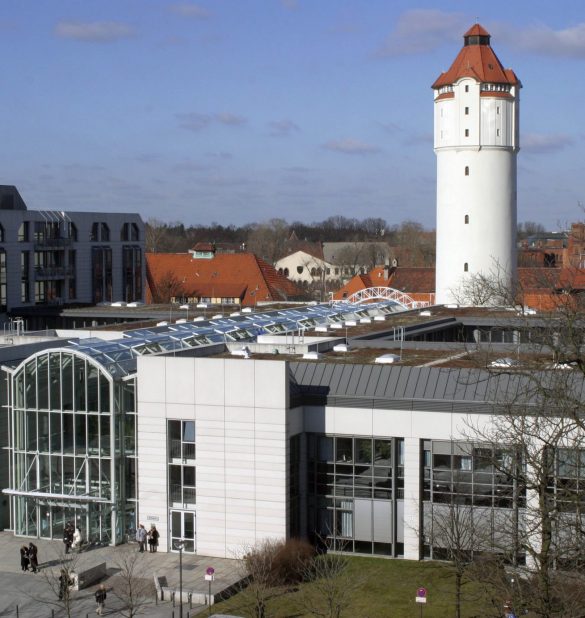Diseases, malformations and injuries to the central and peripheral nervous system form the field of neurosurgery. The central nervous system (CNS) includes the brain and spinal cord, and the peripheral nervous system includes the nerves outside the skull and spinal cord.
In the past, operations on the skull and spine often meant high-risk interventions and a lengthy healing process. Today, due to modern imaging methods and minimally invasive techniques, operations can be carried out gently. For the affected patients, this means a lower risk, less pain and a faster healing process. The minimally invasive procedures are already being used in tumor surgery, the microsurgical operation of aneurysms and in spinal surgery.
In the assessment of brain tumors as a basis for further therapy treatment, neuropathology acts as a direct partner of neurosurgery and offers, among other things, tissue diagnostics and molecular analyzes relevant to therapy and prognosis. Since only the removed tissue is required for this, the examinations can also take place independently of the hospitalization location of the patient.
Neurosurgery also includes the important field of pain therapy. Here, too, specialists can use minimally invasive methods, e.g. for pain from a herniated disc, spinal canal stenosis and carpal tunnel syndrome.
Vita
- 1992 – 1996 Doctorate, Institute for Surgical Research, Munich University Hospital
- 2001 Habilitation at the University of Heidelberg (Neurosurgery)
- 2001 – 2006 Senior Physician at the Clinic for Neurosurgery, University Hospital Mannheim, University of Heidelberg
- 2006 Private Lecturer in Neurosurgery, University of Heidelberg
- Since 2007 Professor and Director of the Clinic for Neurosurgery, Charité — Universitätsmedizin Berlin
Beiträge
4 View








